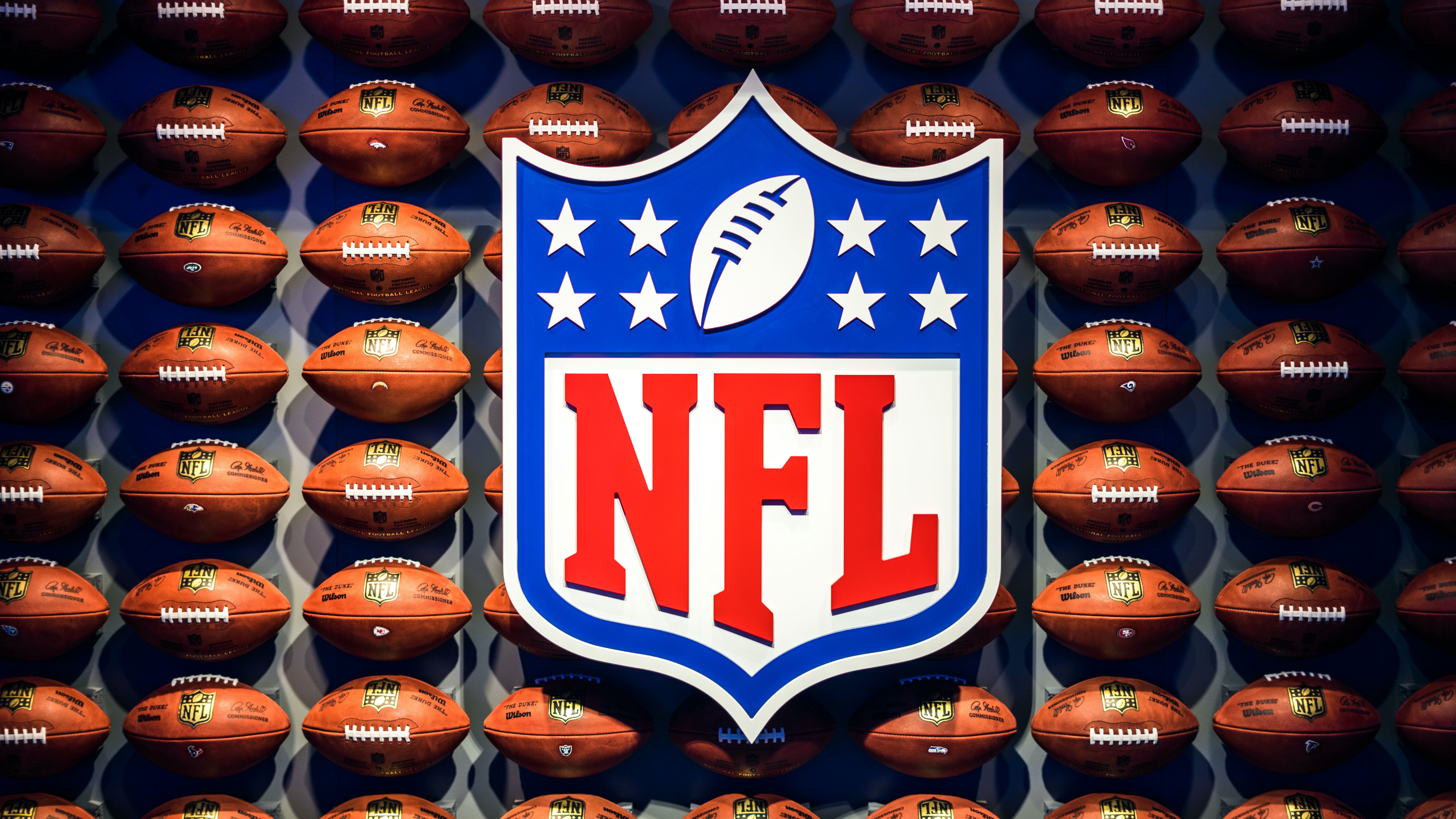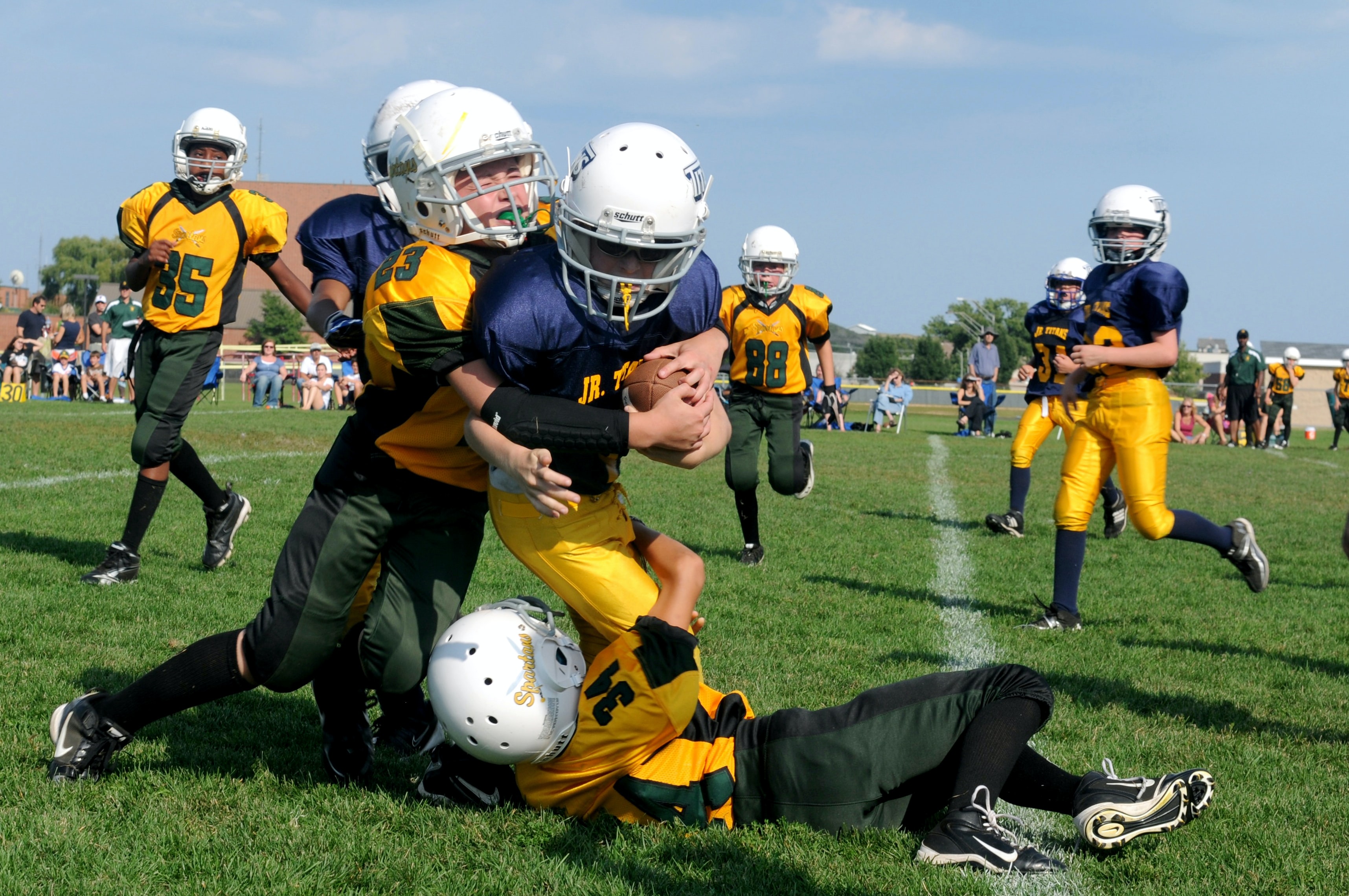
83060854 © creativecommonsstockphotos | Dreamstime.com
The NFL was a $20 Billion industry in 2022; it doubled from $10 billion in 2013. Football -- a violent sport that wreaks musculoskeletal damage and life-limiting neurologic harm to players -- is as much a part of American culture as guns. Over the years, there has been an increasing outcry about stricter rules of engagement and contact in collegiate and pro football, but the game is sacrosanct. Fans stand vigils, hold prayer sessions, and #Strong signs in ways eerily identical to behavior after mass shootings. Injured players are lauded as heroes, courageous for insisting they want to get back on the field and play. In early January, 2023, Buffalo Bills player Damar Hamlin survived an on-field collapse from cardiac arrest, evidently resulting from contact when tackling an opposing player.
Chronic traumatic encephalopathy (CTE) is the most common long-term neurological damage endured by players of contact sports. People exposed to repeated blows to the head exhibit mood, behavioral, and disease symptoms. There are documented suicides of former NFL stars. Fans and the public have anecdotally observed these downsides for players for decades. Hockey and soccer players, as well as boxers, battlefield soldiers, and construction workers, regularly experience concussions. Collegiate and professional football teams have proliferated and play longer schedules than they did a decade ago, increasing the potential for injury during extended playoff championship series.

Photo by Adrian Curiel on Unsplash
It has taken decades for the National Football League to admit that there is a direct, causal relationship between repeated head trauma and the CTE observed in increasing numbers of players. Doctors at the CTE Center at Boston University have found CTE in 90 percent of the autopsied brains of former NFL players.
Consistent media coverage spearheaded by former players and surviving families is raising awareness of the perils of playing football, American-style. Dr. Chris Nowinski, a former football player and wrestler with a doctorate in neuroscience, has become the chief advocate for players at risk for CTE. Dr. Nowinksi has credibility among fans, scientists, and doctors. He brings over a decade of irrefutable medical studies to public forums and media platforms to convince people that CTE is real, increasingly prevalent, and must be considered when assessing the extent of permanent injuries to athletes.

Photo by Ben Hershey on Unsplash
An Ohio State University survey indicated that participation in tackle football by children 6-12 years old declined 20 percent between 2008 and 2018, with parents’ approval of tackle football split 50-50 between approving and disapproving. The implication is that parents are increasingly aware of the risks of head trauma in contact sports.
Over the past ten years, the NFL has tightened concussion protocols and made technical improvements to players’ gear, but the root causes of CTE remain unchanged. Players are super-sized, weighing well over 300 pounds. Opposing players crumble after crashing into a wall of moving muscle and flesh. Incentives for bigger players start at the high school level, continue through NCAA collegiate recruiting, and on to the NFL. Moreover, American sports fans have an insatiable appetite for watching the carnage that is integral to high-contact games like football despite research that irrefutably proves the damage it causes to players.
